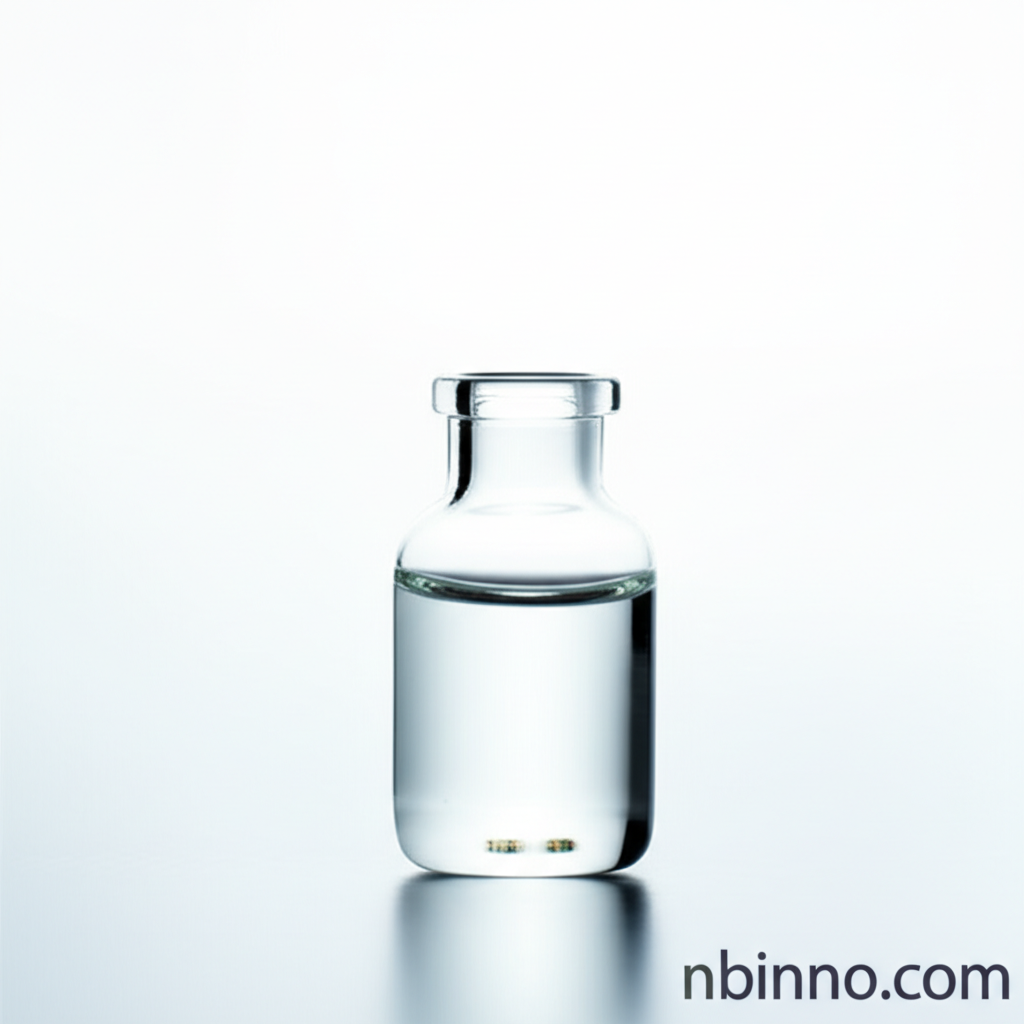Mastering Organofluorine Synthesis with Diethylaminosulfur Trifluoride: A Comprehensive Guide
Unlock the power of fluorine in your chemical synthesis with detailed insights into DAST.
Get a Quote & SampleProduct Core Value

Diethylaminosulfur Trifluoride
Diethylaminosulfur Trifluoride (DAST) is a pivotal reagent in organofluorine chemistry, essential for introducing fluorine atoms into organic molecules. Its ability to modify physical, chemical, and biological properties makes it invaluable for industries like pharmaceuticals, agrochemicals, and materials science. Understanding its application in the synthesis of fluorinated pharmaceuticals with DAST is key.
- The synthesis of fluorinated pharmaceuticals with DAST is a critical application, enhancing drug efficacy and stability.
- DAST reagent applications extend to various organic transformations, offering high yields in fluorination reactions.
- Proper understanding of DAST reaction conditions optimization is crucial for achieving desired outcomes and minimizing side reactions.
- Learning about safe handling of DAST reagent ensures efficient and secure laboratory practices when working with this potent chemical.
Advantages of Using This Reagent
Enhanced Compound Properties
Leveraging DAST in organofluorine chemistry allows for the introduction of fluorine, significantly improving the stability, lipophilicity, and bioavailability of target molecules, which is crucial for advancing fluorinated agrochemicals.
Versatile Fluorination Capability
DAST enables the effective fluorination of alcohols and carbonyl compounds, serving as a versatile tool for creating diverse fluorinated building blocks essential in complex synthesis.
Streamlined Synthesis Pathways
By mastering DAST for fluorination, chemists can develop more streamlined synthesis pathways for complex fluorinated molecules, contributing to faster research and development cycles.
Key Applications
Pharmaceutical Synthesis
DAST is instrumental in the synthesis of fluorinated pharmaceuticals, improving their potency and selectivity, making it a vital component in drug discovery and development.
Agrochemical Development
In agrochemical development, the use of DAST allows for the creation of pesticides with enhanced stability and efficacy, contributing to more effective crop protection strategies.
Materials Science
The introduction of fluorine using DAST can lead to novel materials with unique properties, driving innovation in areas such as advanced polymers and electronic components.
Organic Synthesis
As a key reagent in organofluorine chemistry, DAST facilitates a wide range of transformations, making it indispensable for researchers in academic and industrial settings aiming to buy specialized fluorinated compounds.
